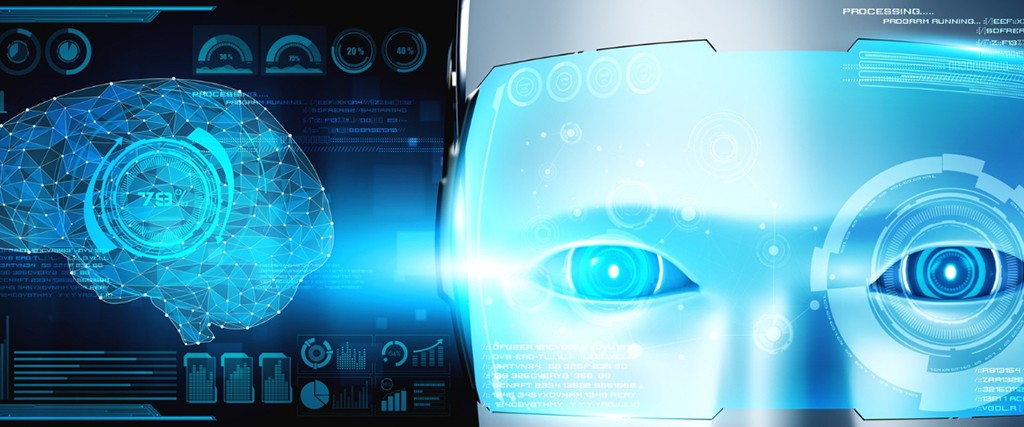4 New Materials Discovered AI: It’s an exciting time to be involved in materials science. The discovery of new materials has been a challenge for researchers. There are so many combinations and permutations that it is hard to know where to start. This is why artificial intelligence was a perfect solution.
University of Liverpool researchers have developed a collaborative artificial intelligence platform that minimizes the time and effort required to identify really novel materials.
The team reported their findings in Nature Communications, announcing four new solid-state materials including a lithium-conducting solid electrolyte that will lead to more efficient electric vehicle batteries with increased range and safety.
The tool combines artificial intelligence and human understanding to select areas of uncharted chemical territory where novel functional materials are most likely to be discovered.
This is done by cross-referencing known research data and compiling the information into an algorithm that maps out possible combinations of elements based on their properties, or how they interact in given conditions.
The project was led by Dr. Andrei Kholkin, a professor of chemistry at the University of Liverpool who has expertise in novel metal oxide materials for energy storage applications.
Because there is unlimited space of possible material combinations accessible by mixing all of the elements in the periodic table, and it is unknown where new materials exist, discovering new functional materials is a high-risk, difficult, and frequently long undertaking.
“We, therefore, need new tools that reduce the time and effort required to discover truly new materials, such as the one developed here that combines artificial intelligence and human intelligence to get the best of both.”, he said.
“This collaborative approach combines the ability of computers to look at the relationships between several hundred thousand known materials, a scale unattainable for humans, and the expert knowledge and critical thinking of human researchers that leads to creative advances.
This tool is an example of one of many collaborative artificial intelligence approaches likely to benefit scientists in the future.”, Dr. Kholkin further added.
4 New Materials Discovered AI, A lithium-conducting solid electrolyte that could be used in electric vehicle batteries.
It is hoped this material will replace traditional liquid and polymer-based battery systems to improve safety and performance, especially for use in high-temperature climates where conventional batteries are more likely to catch fire.
A solid oxide fuel cell anode that can be used in the chemical industry for carbon dioxide conversion into useful organic compounds, such as formaldehyde and methane.
This material could also enable new energy generation technologies by using waste heat from industrial processes or power plants to generate electricity with low associated costs of operation due to its low-temperature process.
Read More: The Importance of Privacy and AI: Tim Cook Gives a Deep Look into The Future







